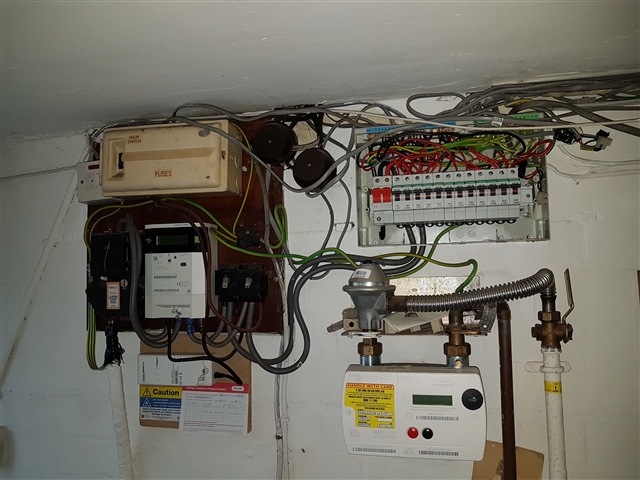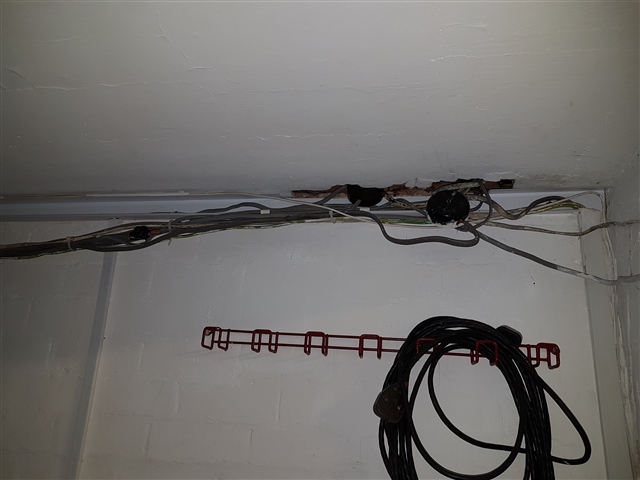Hello everyone,
A few months back, a qualified electrician told me that a cooker and a shower can both be put on the same circuit; that doesn't sound right, surely loads using such a large amount of power must be on their own individual circuits?
I haven't been able to ask a question about this until now because I had difficulty logging into my IET account and had to get a new username and password for it.
Thank you,
Dasa


